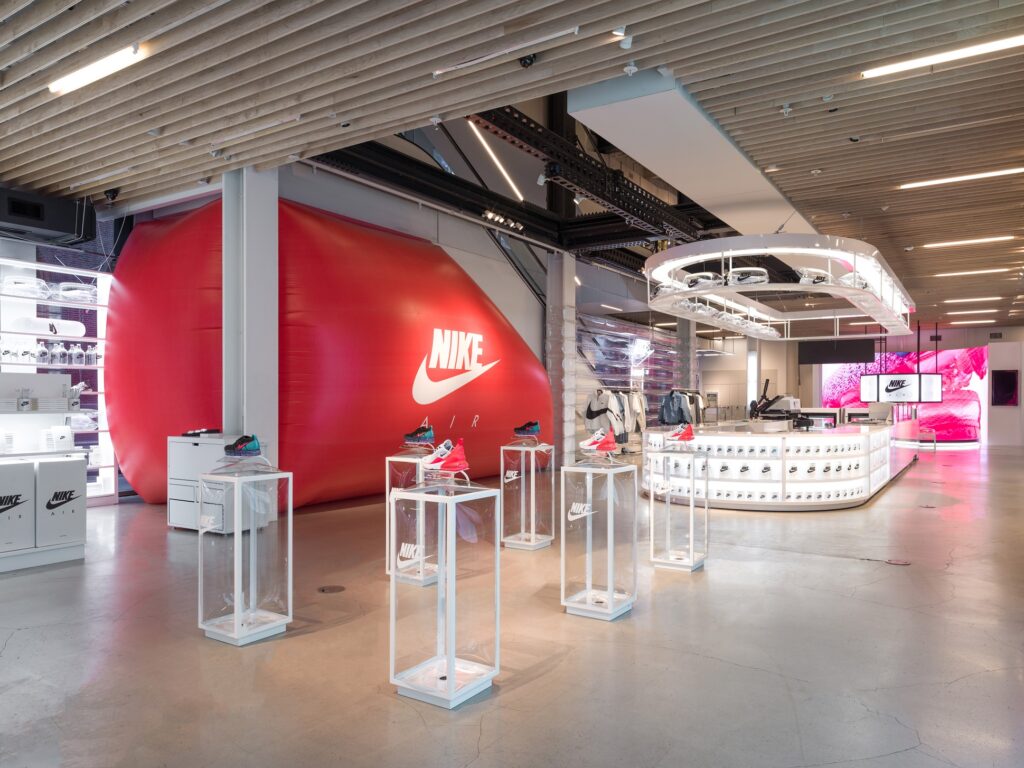Building A Strong Brand Identity: Strategies For Effective Brand Marketing

Picture a Starbucks, an Apple Store, Tiffany’s jewelry store, IKEA, or a McDonald’s. Chances are it’s easy to conjure an image of these stores, their products, logos, and packaging. That’s because they all have strong brand identities.
Luckily, the key to building an identifiable brand isn’t just ubiquity. What these companies also do is understand their target audience and use elements like logos, slogans, typography, and color to build a sense of familiarity, loyalty, and excitement that consistently drives sales.
Below, Errol Andam, founder of creative experiential marketing agency 10X10 StudioLab, takes a look at the most important strategies for creating a compelling identity to make marketing more memorable and profitable.
Identifying the Target Market
In retail, success starts with understanding the target audience. This involves identifying the “ideal” customers and then undertaking market research to get a sense of who they are, how they shop, and their other interests in order to build a series of buyer “personas.”
Buyer personas are fictional consumers that help marketers target the best possible audience for their products or services. Once these are identified, the real work of developing a strong brand identity can begin.
Build a Brand
At the heart of a brand’s identity are its logo and slogan, which require creating the right combination of images and text.
Retailers have long held to the finding that 55% of first impressions are based on what we see – in fact, a study found that having a signature color palette can increase a brand’s recognition by 80%. These visual elements, such as colors, fonts, shapes, icons, and pictures, are crucial. These form the basis for how a brand presents itself to the public.
The next step is constructing a voice or personality for the company. The language a brand uses will help communicate its goals, build trust among clientele, and evoke positive emotions. We all know where “The Happiest Place on Earth” is, understand what “You’re In Good Hands” implies, and recognize the motivational tagline “Just Do It.”
In 2023, it’s crucial for brand identity to stay consistent across brick-and-mortar stores, online stores, and marketing campaigns. A brand’s mission, values, and promises need to be constantly recognizable in any medium. Consistency builds trust.

Examples of Strong Branding
Let’s look at two iconic global brands – IKEA and Patagonia – and how they profit from strong brand identities.
Swedish furniture store IKEA is known for its straightforward approach to branding. Its blue and yellow logo, replicating Sweden’s flag, is immediately recognizable and signifies affordable, modern, and practical products. IKEA’s minimalist yet functional design ethos is reflected consistently in each of its marketing materials and store layouts. As a result, IKEA ahs become instantly identifiable.
Outdoor apparel retailer Patagonia provides an excellent example of the importance of logos and slogans to create a distinctive brand identity that appeals to a unique group of customers. Their logo features a stylized silhouette of the Fitz Roy Mountain range in Patagonia, South America, designed to communicate its dedication to the environment. Patagonia’s slogan, “Built to Last”, affirms its commitment to durable products and sustainable practices that align with its target market’s values.
Both of these retailers have crafted powerful brands that attract and retain customers who align with their mission and values.
Summary
The power of a brand’s identity lies in its strategic assembly. Understanding the target market sets the foundation for building relatable and consistent visual elements, a resonating brand voice, and a strong core mission. When these components are applied consistently across platforms, they foster trust, drive customer loyalty, and ultimately boost business growth.